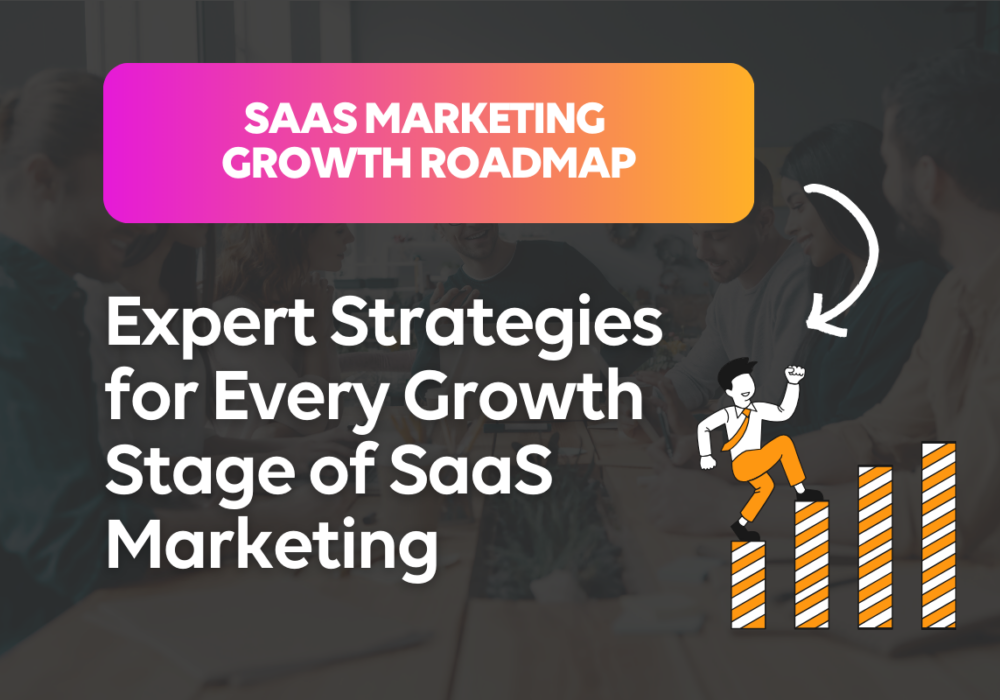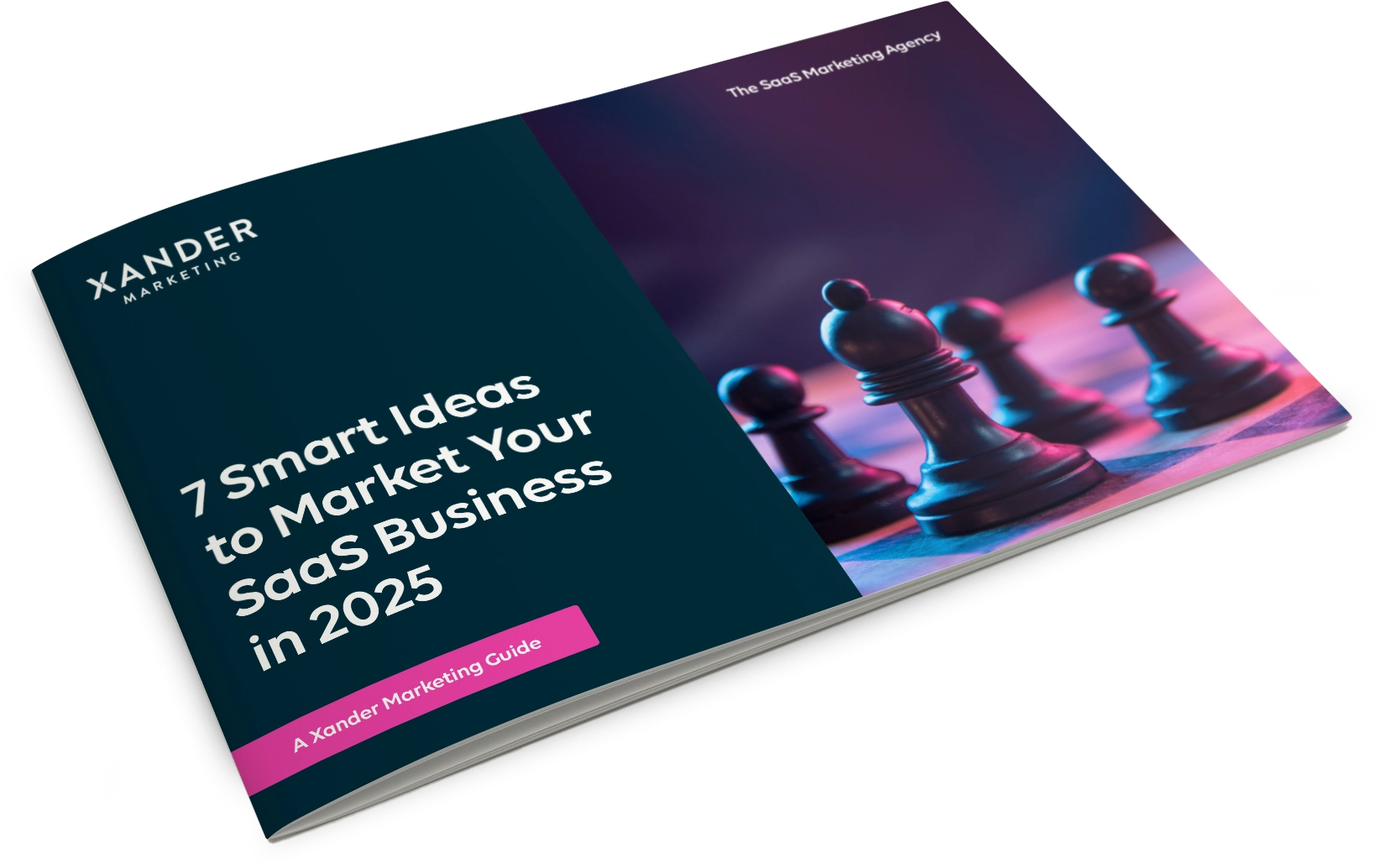What is a buyer persona and why should you use them to empower your marketing?
22nd December 2013
Knowledge is power. The more we know about potential customers, the better our marketing becomes. Learning to develop accurate buyer personas will help you to zero in on who you’re marketing too, tailoring their experience of your brand to make the absolute most out of your marketing budget.
So what is a buyer persona?
A buyer persona is a detailed and usable profile of the types of customers you have. This may be job roles (Managing Directors of SMEs or Marketing Managers of logistics companies) or consumers (Serious Sally – a mid 40s working women in London) for example. They’re made up of careful customer research, real data about your customers’ lives and buying processes, online data and educated insights into your customer’s motivations, challenges and personal histories. They are more than just demographics, rather they describe the actual person (with a picture) of who you are marketing to.
What are they for?
Once defined buyer personas can make your marketing more segmented and targeted. For example:
- Create different marketing messages and strategies to fit these diverse buyer personas (an FD may require a ‘save money’ message, where as a marketer may require a more creative message)
- Carefully hone your content to attract and impress diverse, individual customer groups – build a more ‘personal’ relationship with your key target markets. So have a white paper or email for the buyer persona, not your whole database
- Create segmented email marketing campaigns which target buyer personas
- Tailor the user journeys that individual buyer personas go through on your website to ensure they get the most relevant information and the most compelling sales messages for them
- Understand the different buying cycles your buyer personas go through by learning about their needs, motivations and challenges
Ready to get going? Here’s our quick guide to developing your buyer personas and getting to know your target market…
Step 1: Do Your Research
The type of research you need to do will depend on your business. If you’re B2B, for instance with only a few clients, you may know all of your clients inside out. This will make defining and documenting your personas based on clear research much easier.
For businesses with hundreds if not thousands of customers you can use tools like SurveyMonkey for polling your visitors online and conducting phone interviews – there are lots of ways to get hold of the essential facts. Make sure you also look closely at your analytics data and use any records you may have of your buyers.
You can even bring in a team to perform this type of research for you. Whatever you do, make sure you harvest as much information as possible and hone in on details like age, gender, location, income, martial status, education, profession, leisure activities and shopping habits.
Step 2: Present Your Personas
Now you have all your information it’s time to present it in a way which turns it into a powerful piece of marketing kit. You’ll want to focus on a number of different aspects, primarily:
- Background: Who they are, how old they are, what they do, any relevant information about hobbies and education.
- Demographic: Gender, age, household income, lifestyle (city-dwelling, rural, market town etc.)
- Identifiers: Any key buzzwords these buyers respond to or which encapsulate their outlook. Any mannerisms or stereotypes which could sum the group up
- Immediate Goal: Why they want to use your service/product
- Ultimate Goal: What using your service/product will help them to achieve. (Impress friends, save money, become a domestic goddess)
- Immediate Challenges: What may be getting in the way of the buyer using your product/service? (price, accessibility, lack of understanding)
- Ultimate Challenges: What may stand between the buyer and achieving their ultimate goal? (lack of time, lack of equipment, lack of knowledge)
- How You Help: How your business can address all challenges faced by your buyer, making their buying journey smoother and faster. How you can help them to achieve their goals.
- Real Quotes: Include real quotes from research and interviews. These will help your team to really understand where buyers are coming from and get to grips with their mindset
- Common Objections: Include the common barriers which stand between a potential customer and a purchase. Your sales team will be able to contribute here, highlighting key objections potential customers raise during the sales process
- Marketing Message: How should your service or product be communicated to the buyer persona you have outlined here?
Step 3: Involve Your Whole Team
Now you’ve put all this hard work into developing your personas, it’s time to share it with your entire team. All too often, buyer personas are consigned to a corner of the marketing department never to be seen again.
For the best effect, however, everyone in your business should be familiar with your key buyer personas. Set up a meeting to run through them and distribute accessible, easily digestible copies for use in the office. It sounds simple, but including a stock image of each ‘buyer persona’ will help your team to connect with your target markets and put your information into action across the board.
Interested in learning more about your demographic and how to build your own buyer personas? Xander Marketing is a full service marketing agency designed to help SaaS businesses market more intelligently. Ask our experts about building buyer personas and getting to know your demographic today on +44 (0)330 223 2770.





